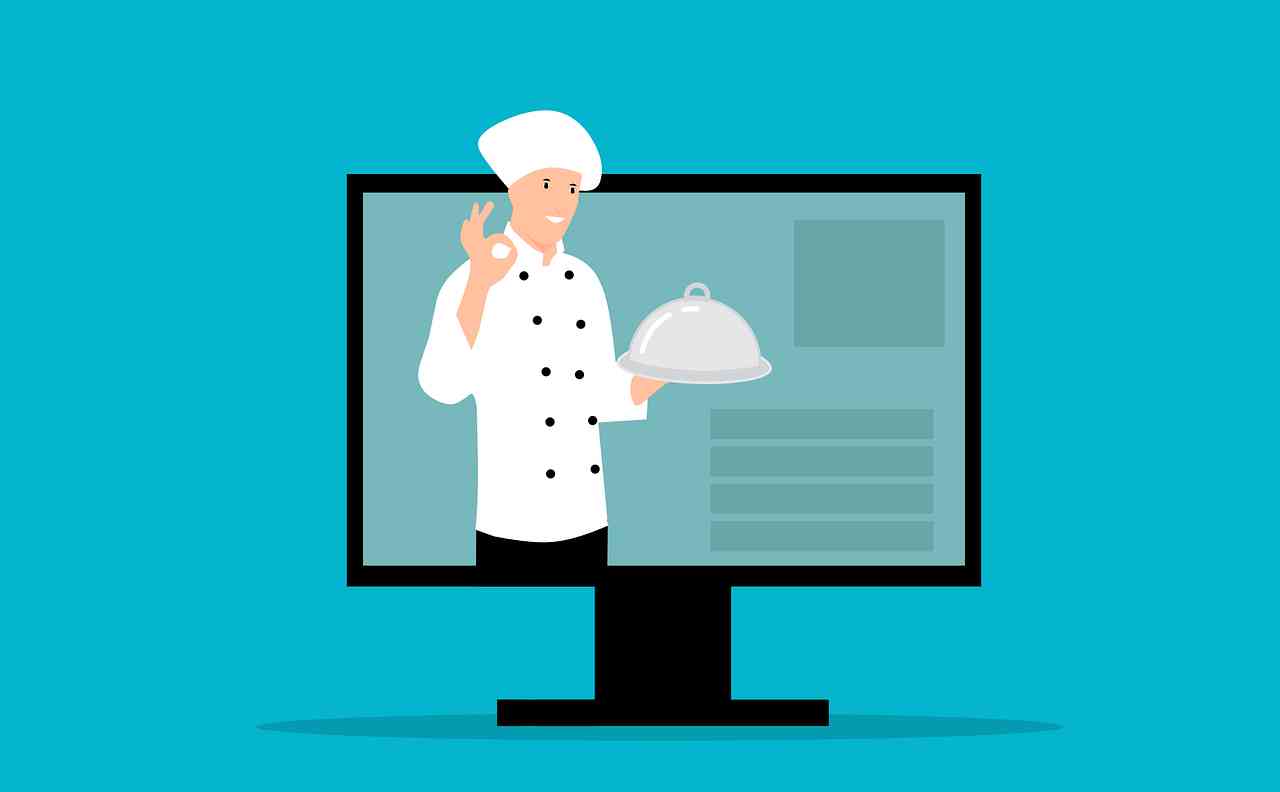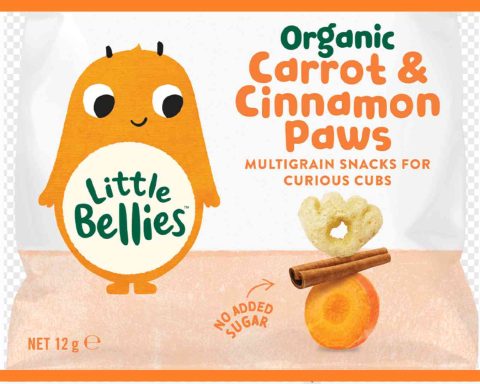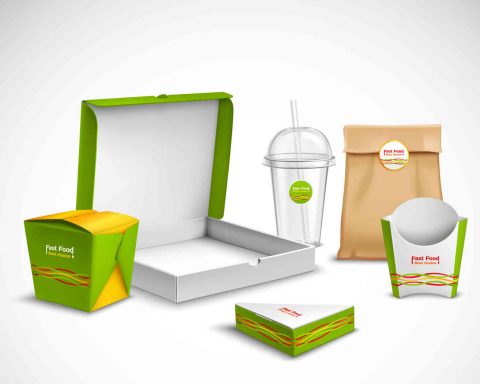The food industry is experiencing many interesting innovative developments. One of these, a new phenomenon called virtual restaurants, is wowing customers and food sellers alike. These delivery-only restaurants exist and operate entirely online, with no physical store you can visit.
Though still new, virtual restaurants are being established all over the place. The virtual restaurant market is growing really fast and is expected to reach $177.85 billion by 2032.
There are many reasons for this impressive growth. One of the most important is that virtual restaurants are not as expensive to operate as physical ones. Because of this, even traditional restaurants are adopting them as a creative new way to boost their income without having to set up new physical locations.
This delivery-based, digital-first model is shaking up the traditional restaurant industry in very interesting ways. In this post, we’ll look at some ways virtual restaurants are changing the food scene and showing customers and business owners alike that they are here to stay.
Taking Notes from AR & VR Online Casinos
Virtual restaurants are a great innovation, true, but it would be a disservice not to mention that their emergence has been influenced by other industries.
Take the online casino industry, for example. Virtual restaurants are taking inspiration from online casino gaming platforms in their use of AR and VR technologies. These technologies allow these sites to provide engaging casino games that recreate the atmosphere of a physical casino venue. So, players can log on to these platforms and play games like poker with their VR devices, feeling as though they were really at physical casinos.
In the same way, virtual restaurants aim to recreate the experience of great restaurant dining with these technologies. While customers can’t teleport to a virtual reality restaurant (yet!), virtual brands strive to deliver an authentic, branded experience through creative website design, custom-branded packaging, and other digital-first experiences. The goal is to transcend basic food delivery by building a connection with customers in the virtual realm.
More Options for Customers
From a customer perspective, virtual restaurants increase choice and convenience for food delivery. Whereas a local neighborhood may have a limited selection of traditional restaurants for delivery, virtual brands allow for an unlimited menu of diverse cuisines.
This new model also makes it more feasible for traditional restaurants to cost-effectively experiment with new delivery-only menu concepts. Instead of undergoing an entire rebrand or starting a new location, existing kitchens can simply add a virtual brand for delivery.
For consumers, this means more variety, faster delivery times as orders are filled from kitchens closer to their location, and the ability to rate/review different virtual brands separately. No longer are customers limited by their immediate surroundings.
Shared Kitchen Spaces
At the heart of the virtual restaurant trend is the concept of shared kitchen facilities. Virtual brands can rent space and equipment hourly in commissary kitchens which allow multiple virtual brands to operate out of a single physical location without front-of-house expenses like servers or dining areas.
Some kitchens even use automation and emerging food prep technologies to boost efficiency. With lower overhead, virtual restaurants can reallocate resources towards quality ingredients, creative menus, branding/marketing, and other areas that enhance the overall customer experience.
Some delivery logistics companies are even getting into the commissary kitchen game, partnering with virtual restaurants to open delivery-only kitchens.
Use of Data in Decision Making
Beyond the operational innovations, virtual restaurants open up transformative new possibilities when it comes to collecting and using consumer data. Traditional restaurants have always struggled to gain meaningful insights beyond basic point-of-sale data. But virtual brands can integrate detailed analytics into their websites, apps, and digital procurement systems.
This data streams information on customer preferences, menu item performance, delivery times, and more – providing a wealth of intelligence to optimize every facet of the business. Virtual restaurants can quickly identify top performers, eliminate underperforming menu items, test new offerings through A/B deployments, and dynamically adjust prices or bundle promotions.
Some virtual kitchen companies are even using predictive data modelling to determine ideal locations based on delivery radius potential and cuisine “whitespaces” in certain areas. Instead of basing growth decisions on intuition, virtual brands can become highly analytical and data-driven operations.
Final Thoughts
As this digitally-native virtual restaurant model continues evolving, it’s opening up exciting new possibilities for the way we experience restaurant cuisine and food service operations. While physical restaurants will always have an important place, virtual brands offer customers more variety.
Whether using immersive technologies, unconventional shared kitchen spaces, advanced data and analytics, or new synergies between delivery and procurement, virtual restaurants are charting a new path for the future of dining. It’s a future with increasing conveniences and choices for customers and unprecedented opportunities for growing food entrepreneurs to bring their unique visions to life.






